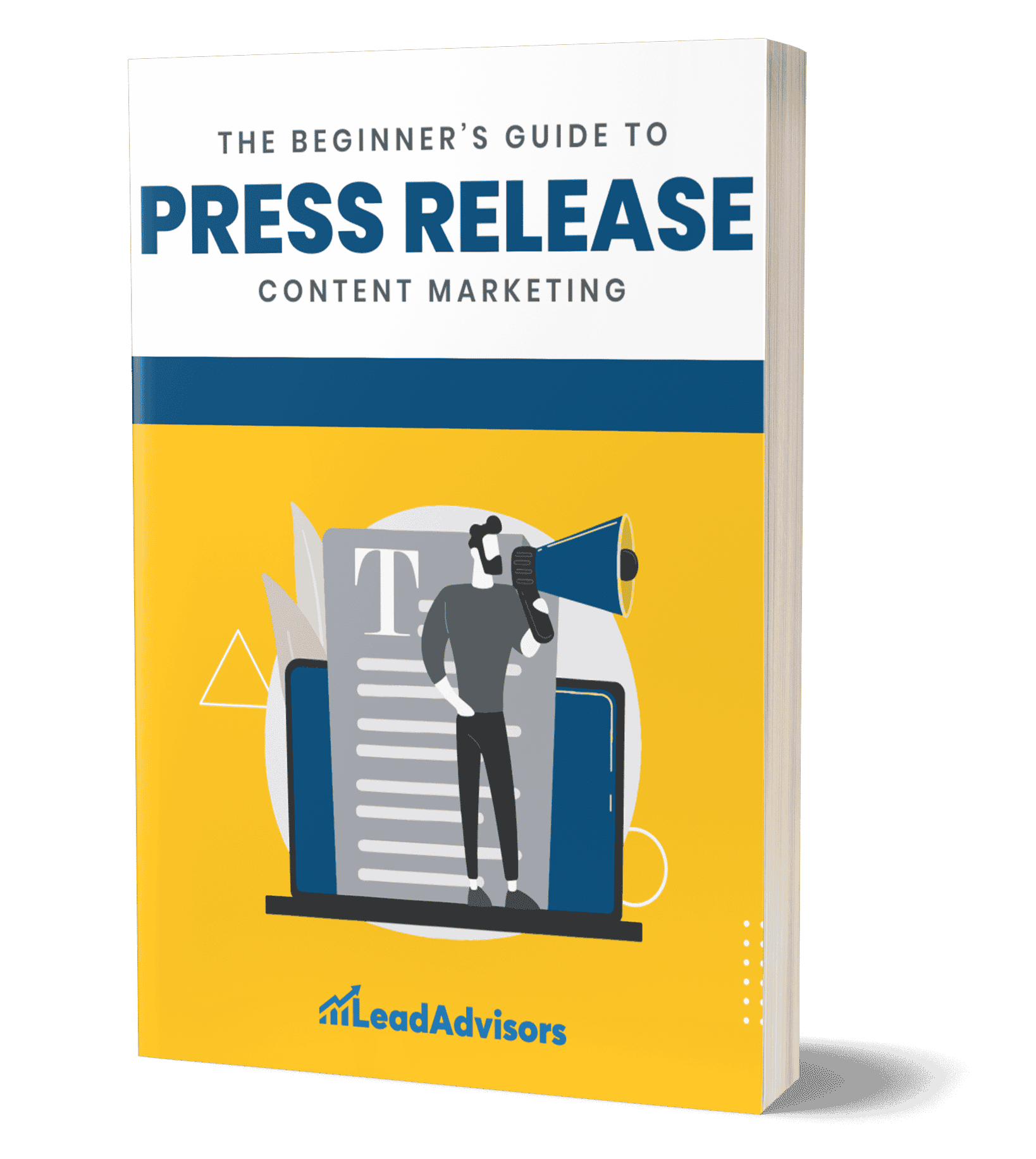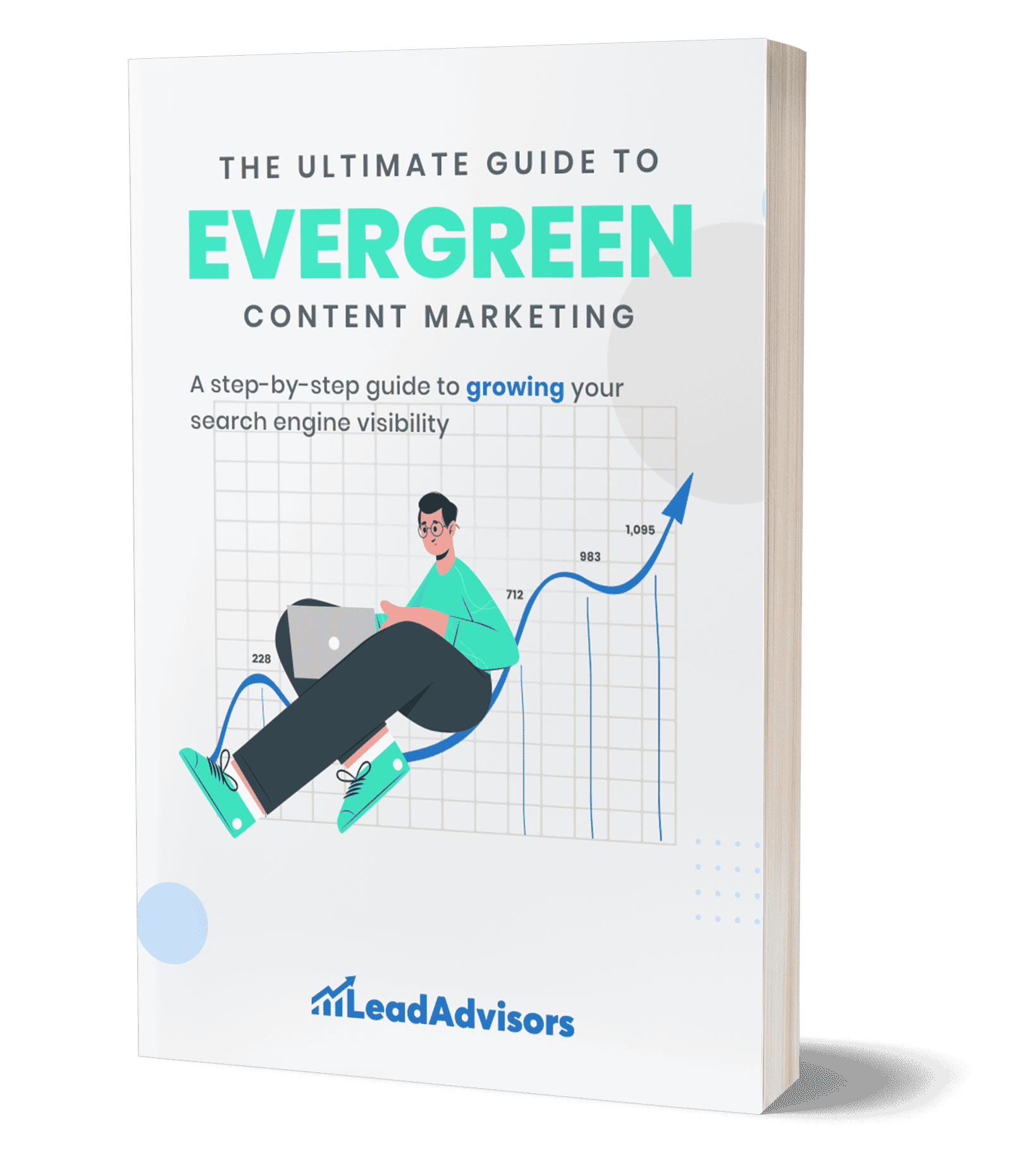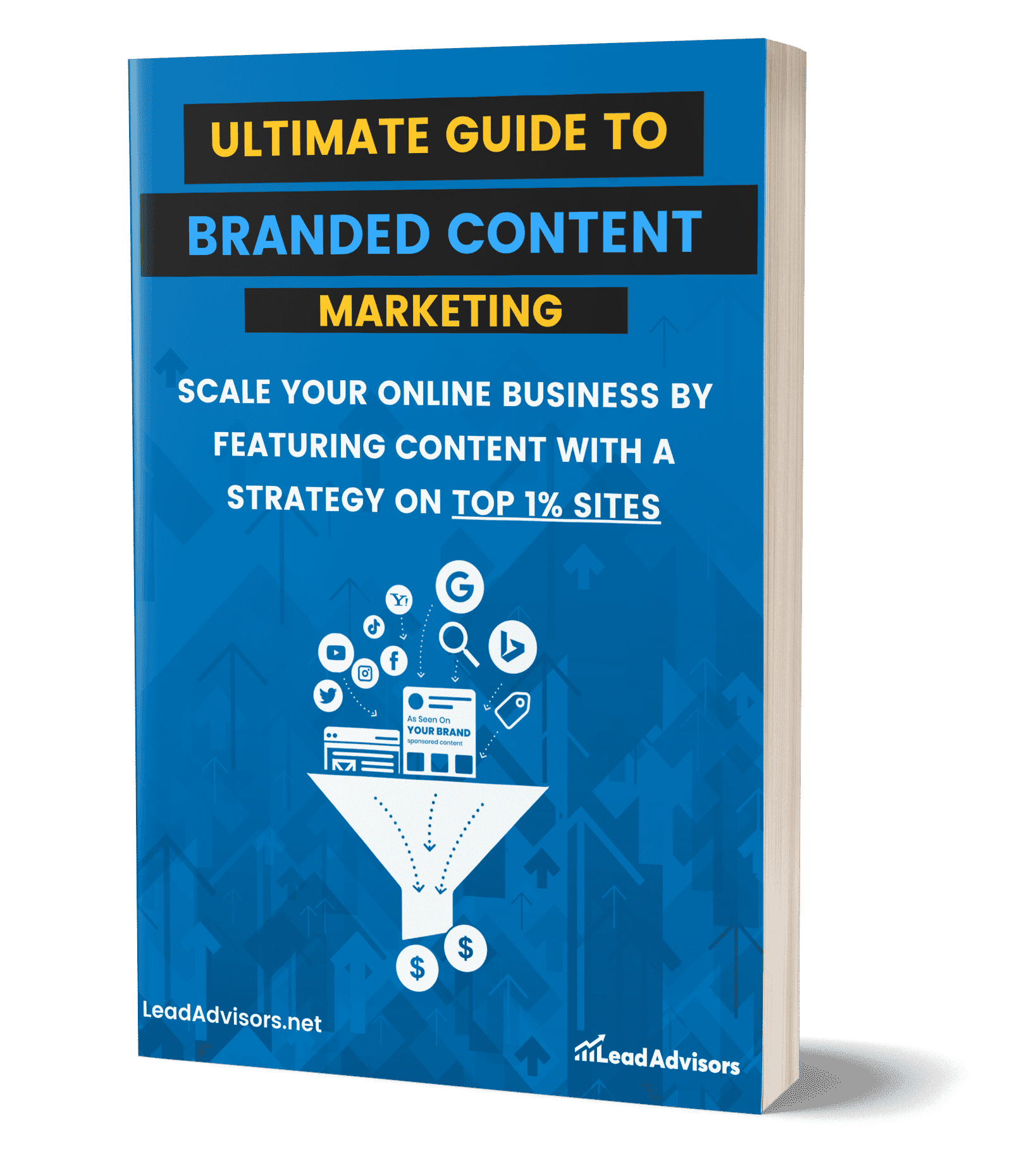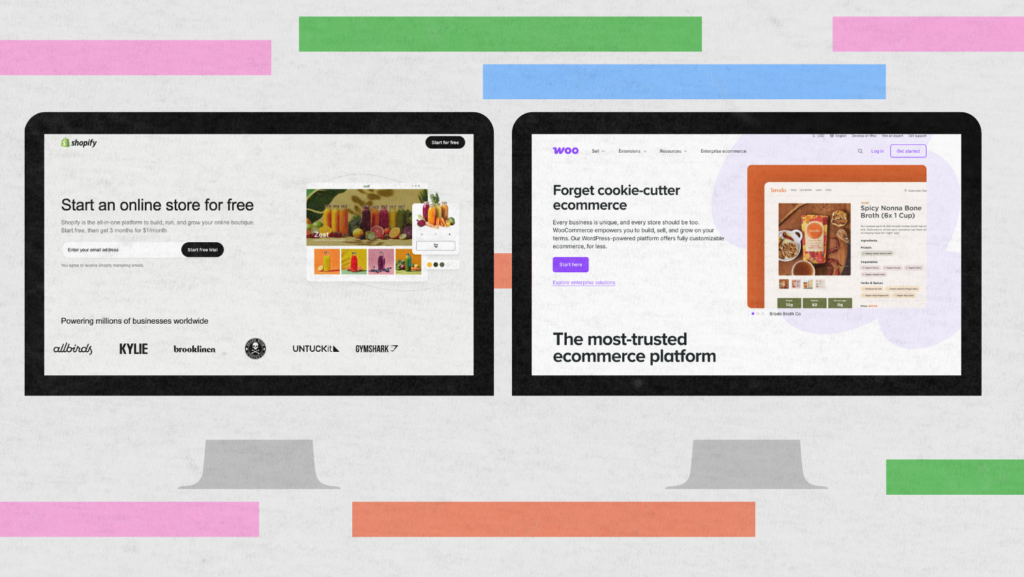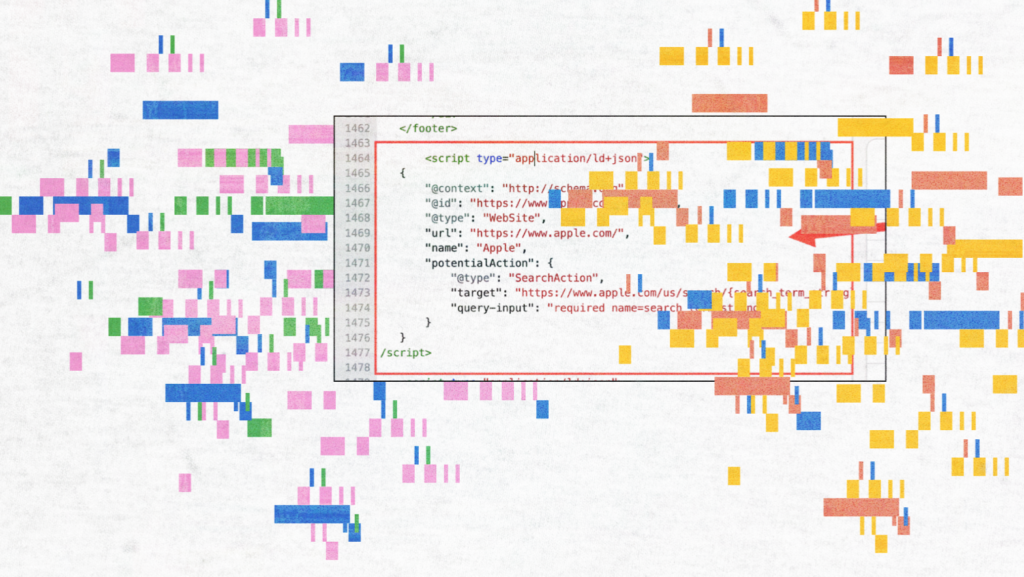Email nurture campaigns are essential for building lasting relationships with your audience. They help guide potential customers through the conversion funnel, ultimately increasing sales and engagement. Whether you’re staying ahead of e-commerce trends or optimizing your press kit for media coverage, email nurture campaigns can make a difference.
Using conversion funnel optimization strategies, you can create personalized content that resonates with subscribers. An effective email nurture campaign can be the perfect starting point for growing your audience and boosting conversions.
What Is an Email Nurture Campaign?

As part of email marketing, an email nurture campaign is a series of targeted emails that help businesses build relationships with potential customers over time. Instead of using hard-sell tactics, these emails provide value by educating, engaging, and guiding prospects through the decision-making process.
For B2B businesses, nurturing campaigns are especially vital for staying connected with prospects who aren’t ready to buy immediately. By consistently delivering valuable and relevant content, you’ll build trust, establish authority, and help guide these prospects closer to making a purchase decision when the time is right.
Why Email Nurturing Is Key to B2B Engagement
Email nurture campaigns enable B2B marketers to maintain consistent communication with leads without overwhelming them with sales-focused messages. Instead, these campaigns provide valuable content such as educational articles, case studies, and industry insights.
When executed properly, email nurture campaigns help build credibility and position your company as a trusted advisor. The impact of lead nurturing is significant, with companies using nurture campaigns generating 50% more sales-ready leads at 33% lower costs.
Additionally, nurtured leads make 47% larger purchases compared to those not nurtured, and businesses automating email nurturing see a 20% increase in sales opportunities. In short, email nurture campaigns not only boost content engagement but also lead to higher conversion rates.
New to content-driven email campaigns? Start with Content Marketing 101 to understand the foundational principles that fuel successful nurture sequences.
How to Boost B2B Content Engagement with Nurture Campaigns

To build an effective email nurture campaign, personalization and relevance are critical. Here’s how to maximize the impact of your campaigns:
Segment and Personalize Your Emails
Segmentation is the foundation of successful email campaigns. By segmenting your leads based on user persona, user intent, interests, behaviors, or their stage in the buyer’s journey, you can deliver content that directly addresses their specific needs.
For instance, leads who downloaded a whitepaper on content marketing could receive follow-up emails with listicles, newsletters, in-depth articles, or other short-form content focused on marketing strategy.
You can also incorporate visual and brand-driven content from resources like our social media branding guide to increase recognition and engagement. Meanwhile, leads who frequently visit your pricing page might be sent testimonials or ROI-focused case studies to address potential objections.
Personalized, segmented content tailored to user persona and intent is more likely to capture attention and drive engagement. Marketing automation tools like HubSpot and Marketo make it easy to create dynamic segments that adjust as user behavior evolves.
Deliver Educational Content First
B2B buyers, especially those early in their journey, are more interested in education than sales pitches. That’s why your first few emails should focus on providing helpful information rather than promoting your product.
Share industry trends, how-to guides, and tips that showcase your expertise. You can also refine your messaging using strategies from this effective content writing guide for B2B SaaS.
This educational approach not only positions your brand as a thought leader but also builds trust. When prospects see your emails as a source of valuable information, they are more likely to engage with future content.
For example, you can check out our branded content marketing guide, virtual marketing and virtual assistant guide, evergreen content marketing strategy, or the beginner’s guide to press releases in content marketing.
Address Specific Pain Points in the Email Nurture Campaigns
Your emails should directly address the challenges your prospects are facing. Tailor each email to address specific pain points and offer actionable solutions.
For example, a subject line like “5 Common Mistakes Companies Make When Scaling Their B2B Marketing” could grab attention, while the content inside can explain how your solution addresses these issues. By solving real problems, you position your business as a valuable partner.
Map Out a Logical Email Sequence
A well-planned nurture campaign leads prospects through a series of emails that build on one another. Each email should serve a specific purpose and guide the recipient to the next step in the sales funnel.
For instance:
– Email 1: Introduce your company and its unique value proposition.
– Email 2: Share an educational resource, such as a blog post or whitepaper – for example, content from your pillar content strategy guide that provides foundational value.
– Email 3: Offer a case study showing how your product helped solve a similar issue.
– Email 4: Invite the lead to schedule a demo or take advantage of a free trial.
By moving leads logically through the sequence, you keep them engaged while subtly encouraging them to take action at each stage.
Automate Behavior-Based Triggers
Automated email sequences triggered by specific behaviors (such as signing up for a newsletter or abandoning a cart) are powerful for boosting engagement. These timely emails keep your brand top-of-mind and encourage prospects to take action based on their past interactions.
For B2B, where decision-making cycles are longer, behavior-triggered emails help ensure you’re delivering relevant content when it’s most needed. For example, if a prospect downloads a whitepaper but hasn’t taken further action, an automated follow-up can offer additional resources or a personalized demo invitation.
Use Clear, Action-Oriented CTAs in the Email Nurture Campaigns
Every email should have a strong, clear call-to-action (CTA) that moves the recipient closer to the next step. Whether it’s downloading a resource, scheduling a demo, or exploring a case study, each CTA should be aligned with the goal of nurturing the lead through the funnel.
For example, early emails might include softer CTAs like “Explore Our Guide to B2B Marketing Trends,” while later emails might include more direct offers like “Request a Free Consultation.”
Test and Optimize Your Campaigns
No campaign is perfect from the start. To maximize engagement, continuously test and optimize your emails using usability methods such as A/B testing and user feedback. Experiment with different subject lines, content formats, and CTAs to determine what resonates most with your audience.
Monitor key metrics like open rates, click-through rates, and conversions to evaluate each email’s effectiveness. Regular A/B testing will help you refine your campaigns, making them more targeted and effective over time.
Frequently Asked Questions
How long should an email nurture campaign last?
How frequently should I send emails in a nurture sequence?
What’s the best time to send B2B nurture emails?
Can I include promotional offers in a nurture campaign?
What tools can help manage and track nurture campaigns?
Conclusion
Email nurture campaigns are essential for B2B companies aiming to boost content engagement and build stronger relationships with prospects. By focusing on personalization, providing educational content, and addressing specific pain points, you can create email sequences that keep leads engaged and guide them toward conversion.
Incorporating automation, consistent testing, and behavior-based triggers ensures your emails remain relevant and timely throughout the buyer’s journey. The key to success is delivering value with every email while maintaining a natural flow through the funnel. Done right, your email nurture campaigns will significantly improve B2B engagement and drive long-term results.
If you’re ready to take your email strategy to the next level, contact LeadAdvisors to enhance your campaigns and achieve better outcomes.



